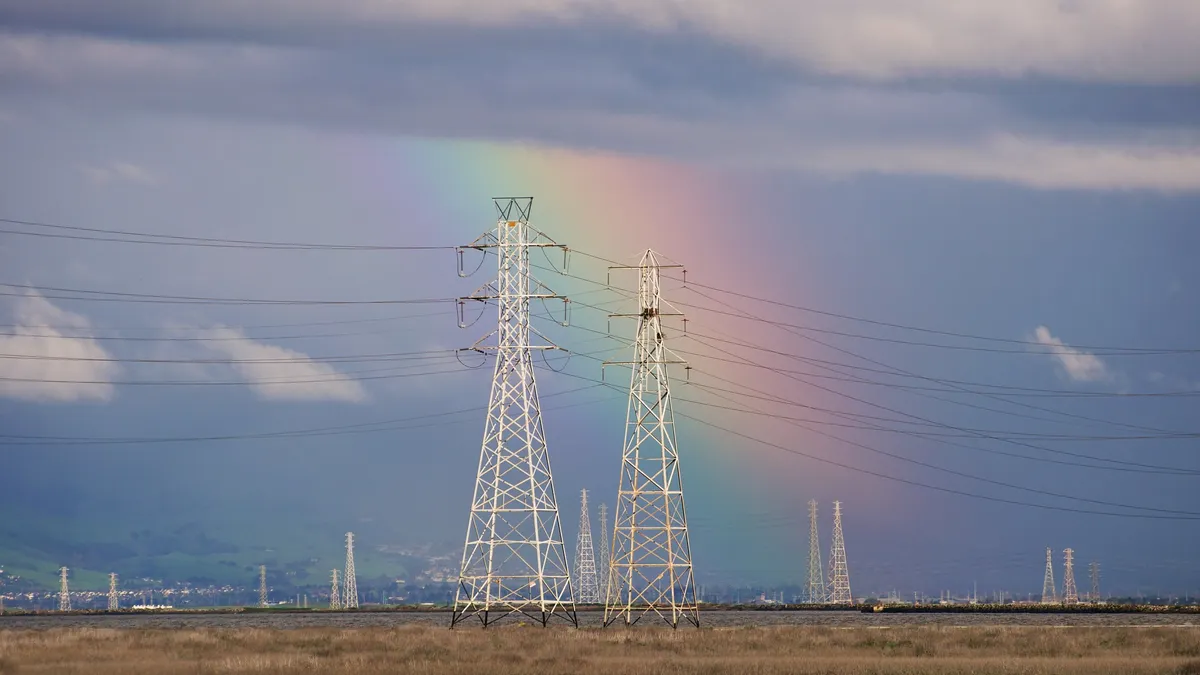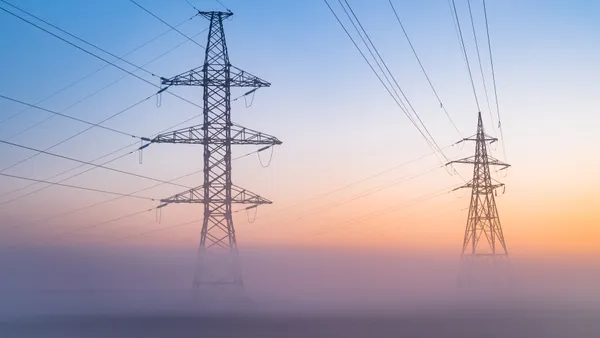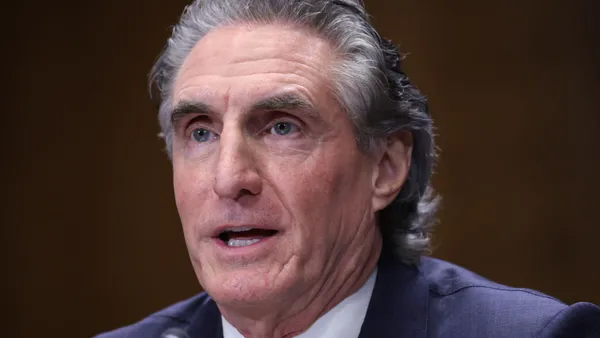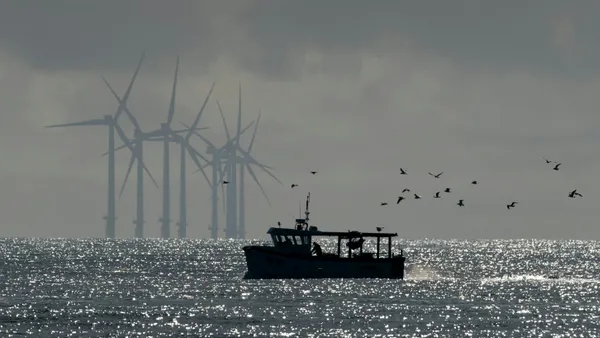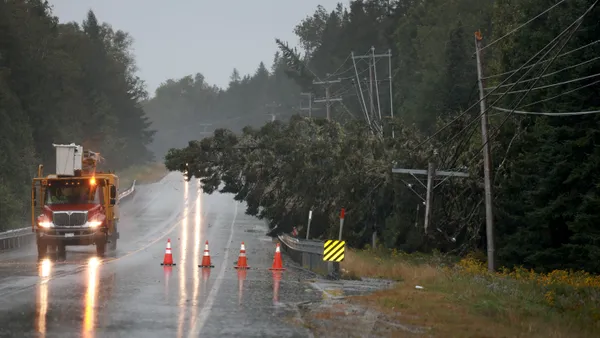Dive Brief:
-
Phil Scott, Vermont’s new Republican governor says he will uphold the states 90%-by-2050 renewable portfolio standard set by his Democratic predecessor, according to multiple new sources.
-
Scott said renewable energy technology generates jobs, which is part of his administration's economic development goals.
-
Some renewable energy projects in Vermont have faced stiff local opposition, and Scott said that although he supports the state’s renewable energy goals, communities should have a larger role in determining where renewable facilities are located.
Dive Insight:
Vermont and Hawaii lead the nation in aggressive renewable energy standards, according to the Department of Energy’s Energy Information Administration.
Hawaii’s RPS calls for 100% renewables by 2045. Vermont’s goal is just under Hawaii’s, 90% by 2050.
Vermont’s RPS was set under former Gov. Peter Shumlin. In his farewell address before Scott took office, Shumlin said Vermont had the highest per capita number of people working in clean energy jobs in the country. He said the state also had 12 times more solar panels than when he took office and 25 times the wind power.
Vermont two years ago released an energy plan to reach that goal. The plan called for the Vermont Public Service Department and utilities to monitor progress in microgrid technology, and said "utilities should facilitate development of microgrids, particularly those which support critical infrastructure."




